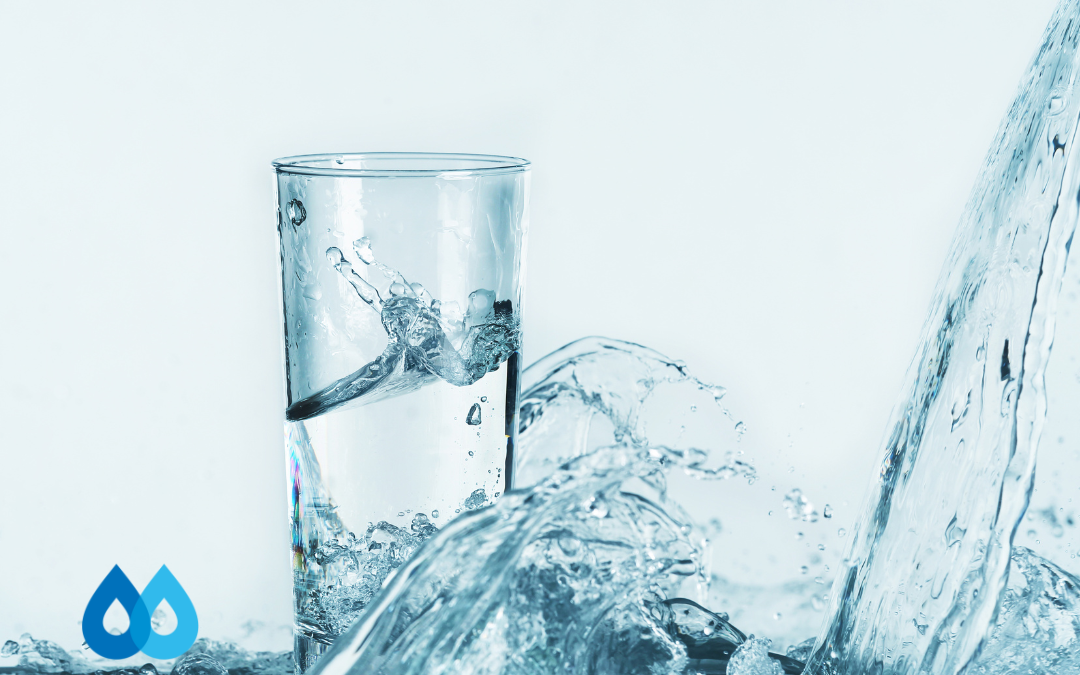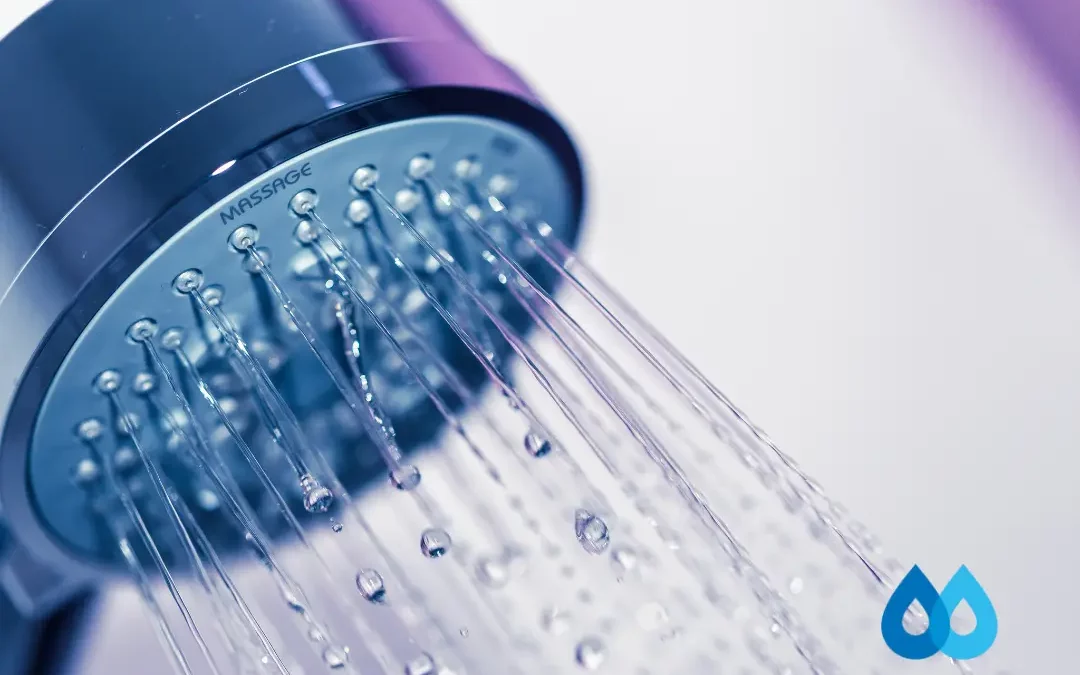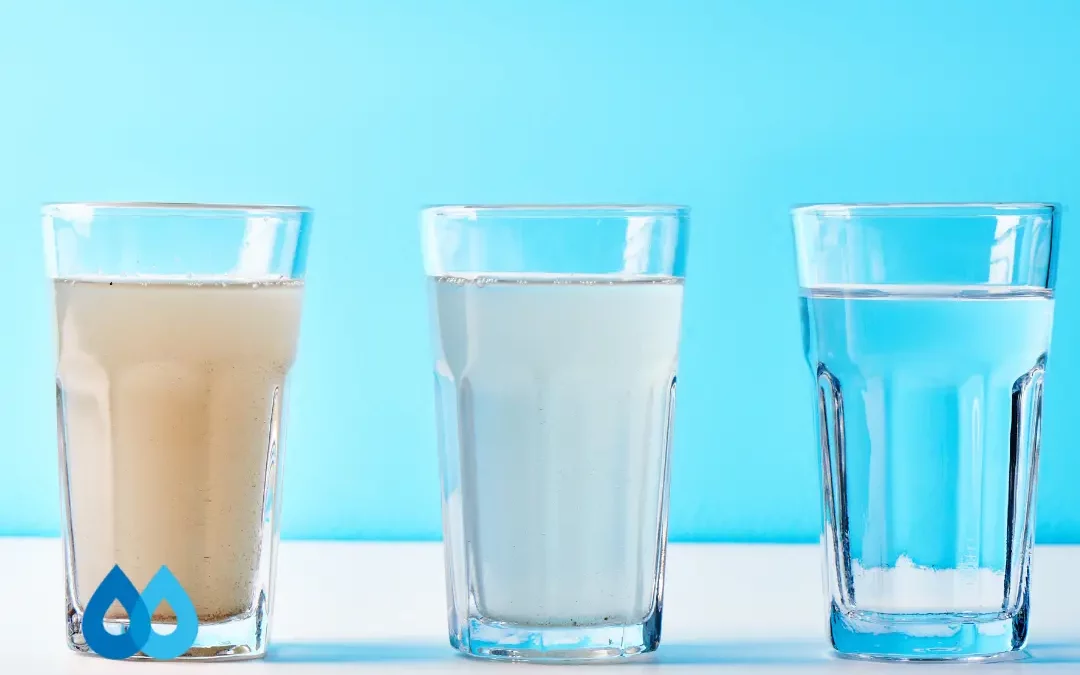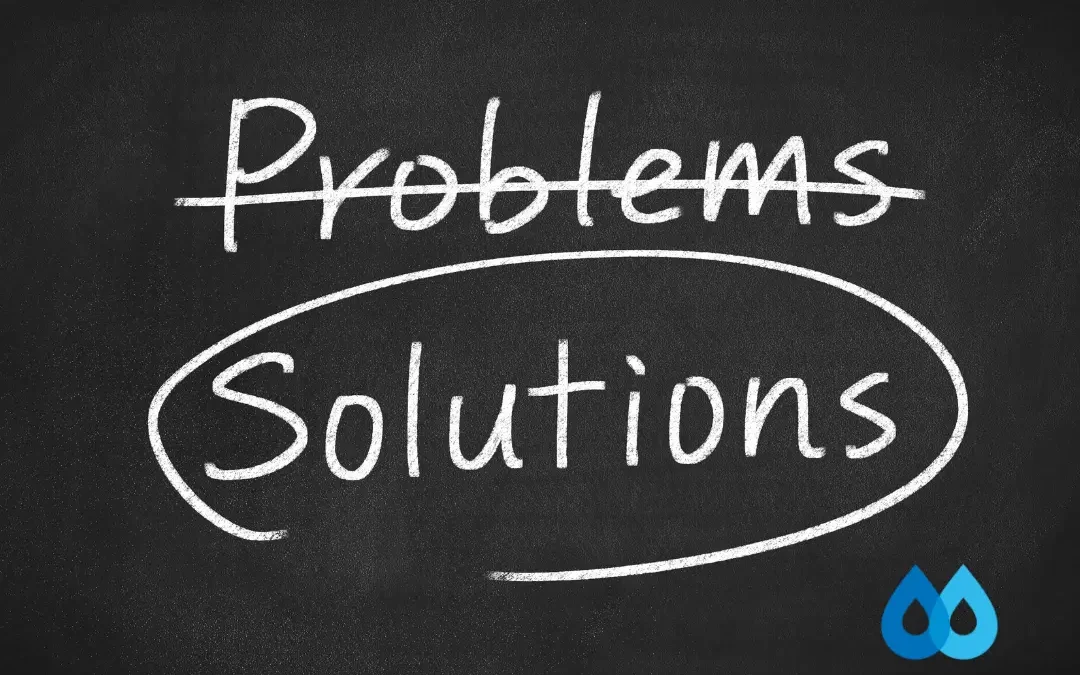A recent article published by Science Daily presents some pretty serious information on early exposure to one specific chemical in drinking water. Most of us will assume that early exposure to most chemicals in our drinking water can do harm in one way or another, and this article presents the basis and research that backs up our assumption. Chemicals in drinking water are usually not seen or tasted, making them hard to identify. In our experiences, many consumers are unaware of what is really in their tap water, believing that it is safe and as pure as it could be. But after reading this and many similar scenarios, our drinking water clearly is not as safe and pure as it should be.
According to the article, “Prenatal and early childhood exposure to the chemical solvent tetrachloroethylene (PCE) found in drinking water may be associated with long-term visual impairments, particularly in the area of color discrimination, a new study led by Boston University School of Public Health (BUSPH) researchers has found.” These researchers worked side by side with an ophthalmologist from the BU School of Medicine, found that people exposed to higher levels of PCE from gestation through age 5 exhibited poorer color-discrimination abilities than unexposed people. The information was published last month in the journal Environmental Health Perspectives but still recommends that further studies be done on visual impairments associated with early PCE exposure in drinking water.
The people researched were chosen for a specific reason and studied over a number of years. Their reason for exposure could happen to any of us –the towns all had PCE in their drinking water because of pipes outfitted with a vinyl liner that was improperly cured. Pipes are one of the last things that most people think about when they are drinking water from the tap. If it looks ok, and tastes ok, then it must be ok right? “Previous studies led by Ann Aschengrau, professor of epidemiology at BUSPH, have found associations between PCE exposure and cancer, as well as reproductive and developmental outcomes. Increases in the risks of breast cancer and certain birth defects were seen in the team’s prior studies.”
PCE is a known neurotoxin that used to be utilized to apply the vinyl liner of some drinking water pipes. Exposure to PCE from drinking water occurs by direct ingestion, dermal exposure during bathing, and by inhalation during showering, bathing and other household uses. It is no longer used in these applications but it is still a common drinking water contaminant for other reasons as well.
Keep informed and pay attention to the research. In the meantime, we can help your water be as safe and as clean as it should be. It is a great feeling knowing that the water you and your family are drinking is safe and chemical-free. Our drinking water systems such as the RWI Water Systems drinking water system reduce harmful contaminants turning tap water into healthy drinking water. To read more from this article, click here.



